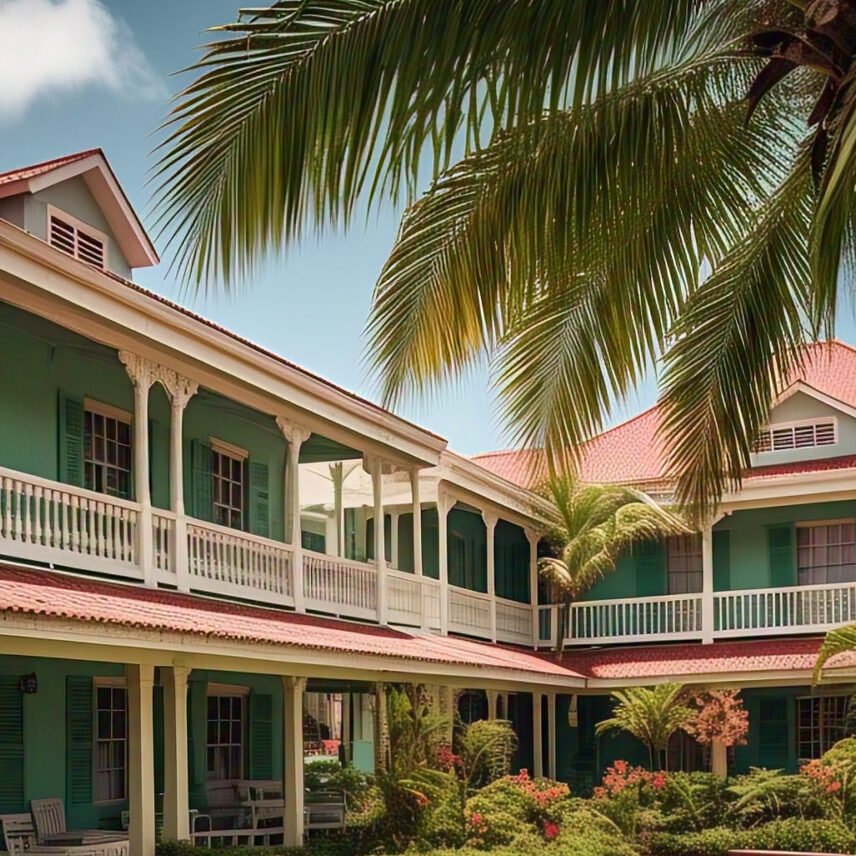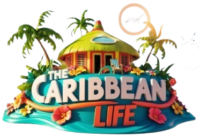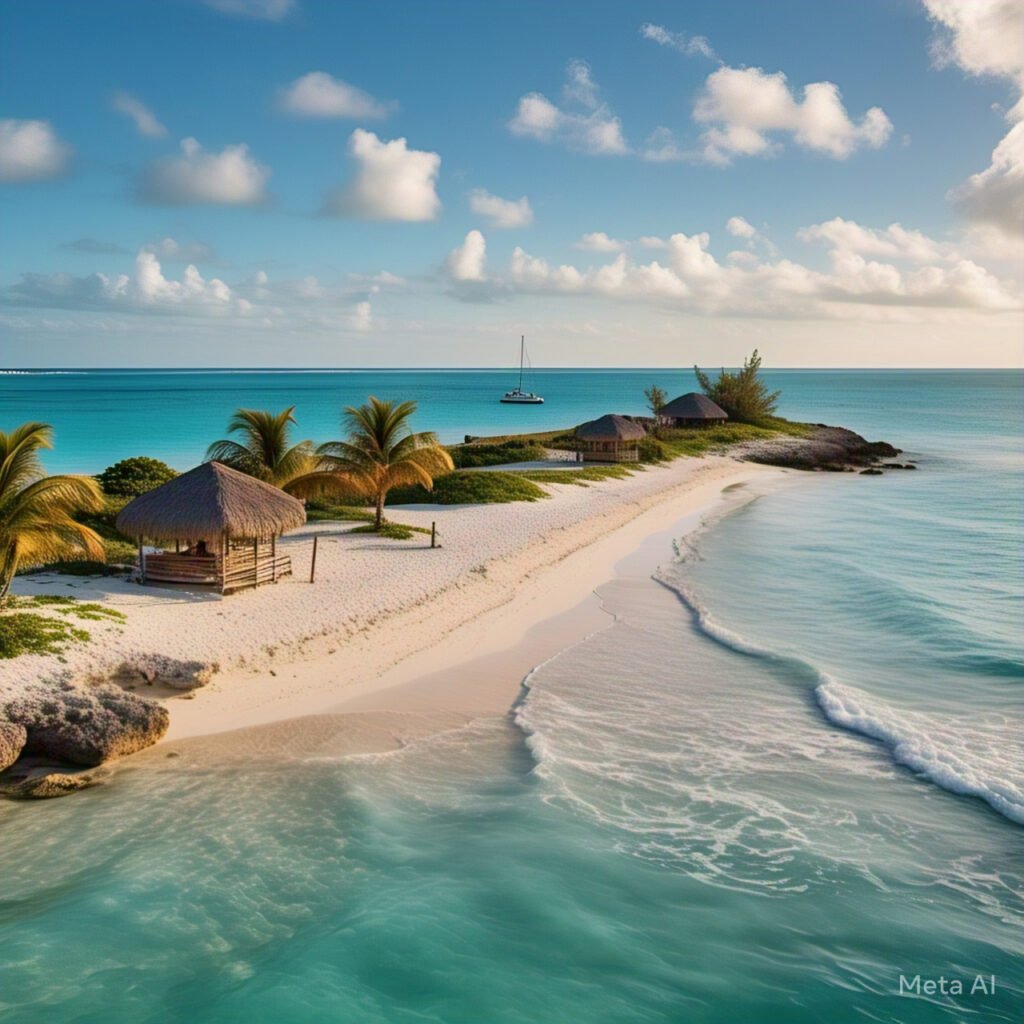The U.S. Virgin Islands, a tropical paradise in the Caribbean, have long been a haven for travelers seeking sun, sand, and serenity. While the islands are renowned for their modern luxury resorts and boutique hotels, there’s a unique charm in exploring the historic hotels that flourished during the 1950s. This era marked a golden age of travel, when the islands began to emerge as a premier destination for the elite and adventurous alike. The 1950s hotels of the U.S. Virgin Islands offer a nostalgic glimpse into a bygone era, where simplicity met sophistication, and the Caribbean’s natural beauty took center stage.
In this article, we’ll take you on a journey through the 1950s hotels of the U.S. Virgin Islands, exploring their history, architecture, and enduring appeal. Whether you’re a history buff, a travel enthusiast, or simply someone who appreciates the charm of vintage hospitality, this guide will transport you to a time when life moved at a slower pace, and the islands were a well-kept secret.

The Rise of Tourism in the U.S. Virgin Islands
The 1950s were a transformative decade for the U.S. Virgin Islands. After the United States purchased the islands from Denmark in 1917, the territory underwent significant development. However, it wasn’t until the post-World War II era that tourism began to flourish. The advent of commercial air travel made the islands more accessible, and travelers from the mainland U.S. and beyond started to discover the pristine beaches, crystal-clear waters, and lush landscapes of St. Thomas, St. John, and St. Croix.
Hotels from this era were designed to cater to a new wave of tourists seeking both relaxation and adventure. These establishments were often family-owned, with a focus on personalized service and a deep connection to the local culture. Unlike today’s sprawling resorts, 1950s hotels were intimate, offering a sense of exclusivity and tranquility that is hard to find in modern times.
Iconic 1950s Hotels in the U.S. Virgin Islands
1. Bluebeard’s Castle (St. Thomas)
One of the most iconic hotels of the 1950s, Bluebeard’s Castle, perched on a hill overlooking Charlotte Amalie Harbor, was a favorite among travelers seeking breathtaking views and a touch of history. Originally built as a watchtower in the 17th century, the property was transformed into a hotel in the 1950s. Its colonial-style architecture, complete with red-roofed buildings and lush gardens, exuded old-world charm. Guests could enjoy leisurely afternoons by the pool, sip cocktails on the terrace, and soak in the panoramic vistas of the Caribbean Sea.
2. The Buccaneer (St. Croix)
The Buccaneer, established in the 1940s and expanded in the 1950s, is one of the oldest family-run resorts in the Caribbean. This historic hotel, set on a former sugar plantation, offered guests a unique blend of luxury and history. The 1950s saw the addition of new guest rooms, a golf course, and a beachfront area, making it a premier destination for affluent travelers. The Buccaneer’s timeless elegance, combined with its rich history, continues to attract visitors to this day.

3. Cancel Bay Resort (St. John)
Founded by Laurance Rockefeller in 1956, Cancel Bay Resort was one of the first eco-friendly luxury resorts in the Caribbean. The 1950s design emphasized harmony with nature, with low-rise buildings, natural materials, and a focus on preserving the island’s pristine beauty. The resort’s seven white-sand beaches and lush tropical gardens made it a haven for those seeking a peaceful retreat. Cancel Bay set the standard for sustainable tourism, a legacy that endures in its modern incarnation.
4. Hotel 1829 (St. Thomas)
Built in the early 19th century as a private residence, Hotel 1829 was converted into a boutique hotel in the 1950s. Its historic architecture, featuring Danish colonial design elements, made it a standout among the era’s accommodations. The hotel’s intimate setting, with just a handful of rooms, offered a personalized experience that appealed to discerning travelers. Its central location in Charlotte Amalie made it a convenient base for exploring the island’s shops, restaurants, and historic sites.
The Charm of 1950s Hospitality
What set the 1950s hotels apart was their emphasis on creating a warm, welcoming atmosphere. Unlike the impersonal nature of some modern resorts, these hotels prioritized personalized service. Guests were treated like family, and staff often went above and beyond to ensure a memorable stay. The pace of life was slower, allowing visitors to truly unwind and connect with the natural beauty of the islands.
The architecture of these hotels also reflected the spirit of the times. Many featured open-air lobbies, wide verandas, and large windows to capture the cooling trade winds. The use of local materials, such as coral stone and mahogany, added to the authentic Caribbean feel. Interiors were often decorated with handcrafted furniture, vibrant textiles, and artwork inspired by the islands’ culture and history.
Why the 1950s Hotels Still Matter Today
While many of the original 1950s hotels have undergone renovations or been replaced by modern developments, their legacy lives on. These establishments played a pivotal role in shaping the identity of the U.S. Virgin Islands as a world-class tourist destination. They introduced travelers to the unique blend of Caribbean culture, history, and natural beauty that continues to define the islands.
For modern travelers, staying at a historic hotel or visiting one of the surviving properties offers a chance to step back in time. It’s an opportunity to experience the simplicity and elegance of a bygone era, while still enjoying the comforts of contemporary amenities. The 1950s hotels remind us that travel is not just about luxury, but about creating meaningful connections—with people, places, and history.
Exploring the U.S. Virgin Islands Today
While the 1950s hotels hold a special place in the hearts of many, the U.S. Virgin Islands have evolved to offer a wide range of accommodations for today’s travelers. From luxury resorts to eco-friendly villas, there’s something for everyone. However, the spirit of the 1950s—the emphasis on hospitality, authenticity, and a deep appreciation for the islands’ natural beauty—remains at the core of the Virgin Islands’ appeal.
Whether you’re strolling through the historic streets of Charlotte Amalie, snorkeling in the crystal-clear waters of Trunk Bay, or savoring a rum cocktail at a beachfront bar, you’re part of a tradition that began decades ago. The 1950s hotels may have set the stage, but the story of the U.S. Virgin Islands continues to unfold, inviting new generations of travelers to discover its magic.

Conclusion: A Timeless Escape
The 1950s hotels of the U.S. Virgin Islands are more than just relics of the past—they are a testament to the enduring allure of these Caribbean gems. They remind us of a time when travel was an adventure, and the journey was as important as the destination. Whether you’re planning a trip to the islands or simply dreaming of a tropical escape, take a moment to appreciate the legacy of these historic hotels. They are a window into a world where life was simpler, the pace was slower, and the beauty of the Caribbean was truly unforgettable.
So, pack your bags, grab your sunglasses, and get ready to explore the U.S. Virgin Islands—where the past and present come together in perfect harmony. Who knows? You might just find yourself falling in love with the charm of the 1950s all over again.


